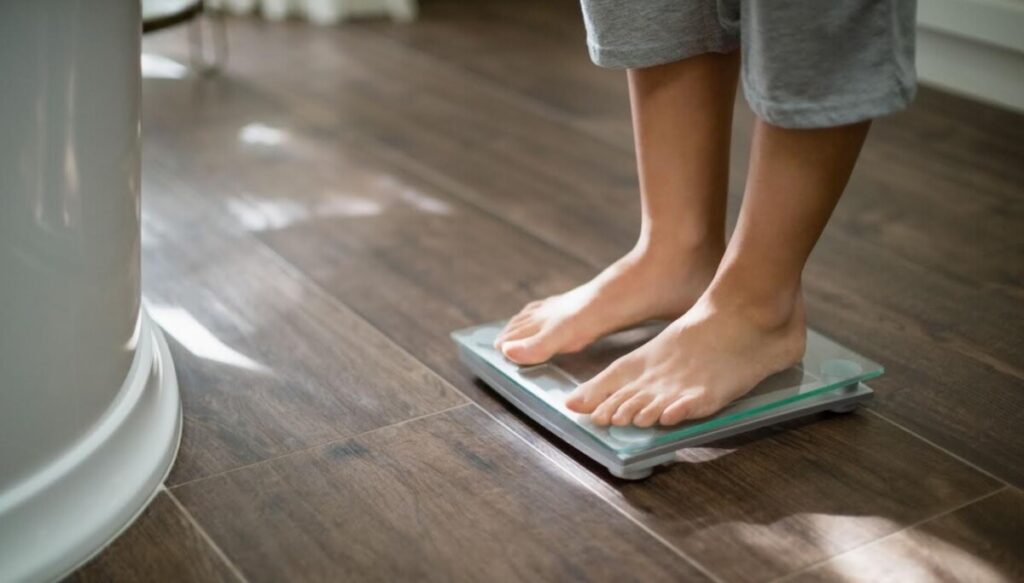We’ve all been there—a new pair of shoes leads to a sore heel or a pair of sandals leaves your arches feeling flat and in pain. But what should you do if those aches and pains don’t go away with simple at-home treatments?
If you’re looking for a solution to aching feet or other problems in your legs or ankles, orthotics might be able to help. There are a huge range of options, so the challenge is finding the right ones for you. With a visit to the podiatrist, you could determine what the best solution is for you.
As you consider your options, read on below to learn more about custom orthotics and how to find the right ones.
What can orthotics help with?
The special heel or shoe inserts that a doctor can prescribe you are called “orthotics.” These are custom made and typically prescribed to treat problems with your back, feet, or legs. Usually, a patient complains that they’re suffering from pain, and orthotics are part of a multipart approach.
The hope in treating a patient with orthotics could cover:
- correcting deformities of the foot,
- improving foot and ankle function,
- providing ankle support, and
- reducing injury risk. (1)
Take a look in your area to find someone who can help you. If you’re in Victoria, Australia, for example, here’s a great guide for custom orthotics help in Melbourne to get yourself sorted.
What’s the difference between orthotics and shoe inserts?
A shoe insert is what you’ve likely seen in the mall or at the supermarket, on TV, or online. They’re a nonprescription solution meant to be worn inside the shoe. Even a “custom-made insole” is really just a shoe insert if it’s not prescribed by a health care professional. (2)

Shoe inserts can include:
- Arch supports: Designed to support the foot’s natural arch and to help people with flat feet or low arches.
- Insoles: These slip into your shoe to provide support.
- Heel liners: Sometimes called heel cups or heel pads—these provide cushioning in the heel region.
- Foot cushions: If your shoe rubs against your foot, a foot cushion could help provide a barrier between the two. (2)
If you’re interested in trying some over-the-counter shoe inserts, consider these tips from the American Podiatric Medical Association:
- Take a look at your health: If you have diabetes or poor circulation, an over-the-counter insert isn’t likely to be your best option. Both those conditions can increase your risk of developing infections or foot ulcers, so you should talk to a podiatrist about how best to address your problems.
- Think about what you want them for: If you’re trying to up your mileage while running, you likely need something different than arch support. Make sure the product you pick matches the level of activity you’re planning on pursuing. Of course, before anything else, make sure you consult with your podiatrist and see if you really need this kind of support.
- Make sure to bring your shoes: You need to make sure any inserts you try will fit in your shoes. Be sure to bring the shoes you’ll be wearing with you so you can make sure the inserts you’re looking at will work.
- Try them on: Finally, make sure they actually fit! Trying them on can’t be beaten when it comes to that. (2)
How do I pick the right orthotics?
There are two main kinds of orthotics your podiatrist may recommend if that’s ultimately the right option for you.
- Functional: Also known as “rigid,” functional orthotics is made out of materials like carbon fiber and plastic. This is best suited for closed-toe shoes and low heels or for walking shoes and even dress shoes. Functional orthotics is designed to ease strains and pain in your lower back, thighs, legs, and feet.
- Accommodative: This type of orthotics is also called “soft” orthotics because this is made from soft compression materials. This offers cushioning, which helps take off pressure from uncomfortable or sore spots on your feet. Pain from plantar fasciitis, diabetic ulcers, or other conditions may be treated with accommodative orthotics. To deal with the bulk of these orthotics, you may need to wear them with prescription footwear. (1)
If you visit a podiatrist, they’ll give you a medical evaluation to assess your foot problem. They’ll also help ensure that any orthotics you get fit properly too. Plus, since orthotics is a medical device, they’ll be made to high standards and should last multiple years. (1)
Final thoughts
If orthotics is right for you, finding a podiatrist to help determine exactly what you need and to fit them properly is worth the effort. Orthotics can help with a range of conditions, and when you choose the right ones, they’ll service you for many years to come.
References
- “Orthotics: Are They the Answer to Your Foot, Leg, or Back Pain?”, Source: https://www.healthline.com/health/bone-health/orthotics
- “Prescription Custom Orthotics and Shoe Inserts”, Source: https://www.apma.org/orthotics
